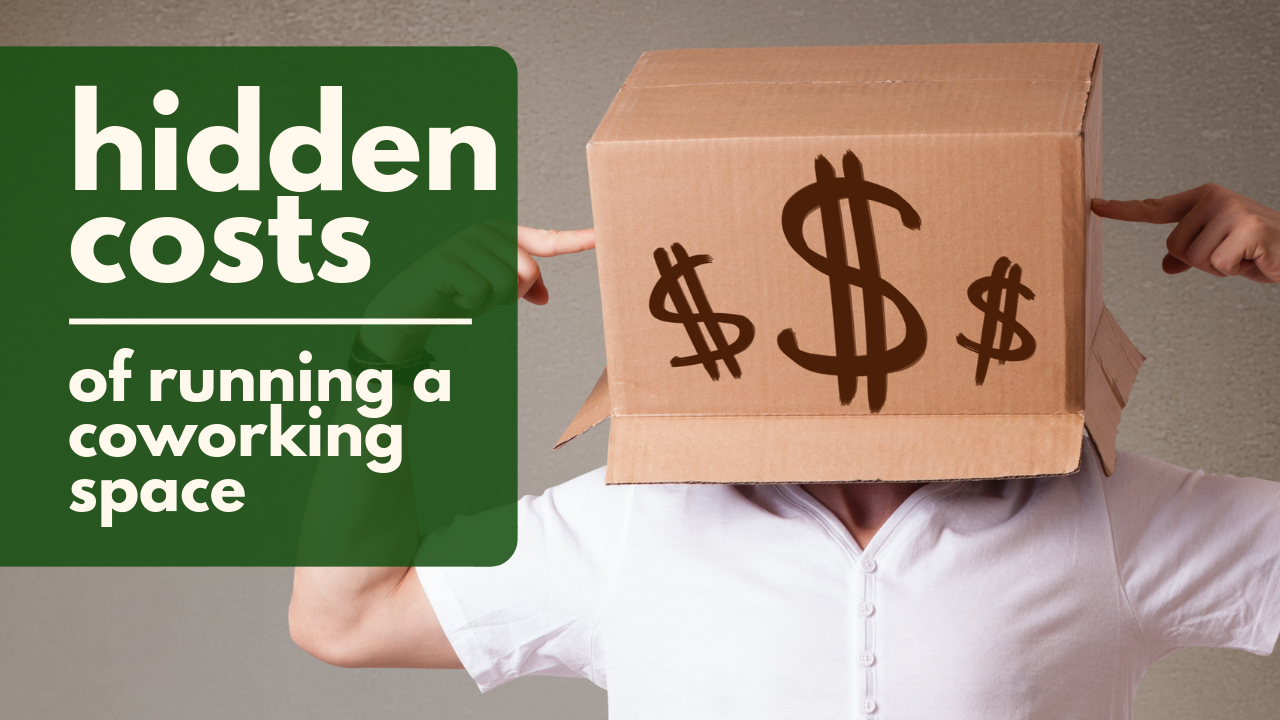- According to a Deskmag survey, only 40% of all coworking spaces are profitable.
- The highest hidden cost of operating a coworking space is building and keeping the right team in place.
- High staff turnover costs coworking spaces a lot of time, money, and potentially members.
According to Deskmag’s Global Coworking Survey, only 40% of all coworking spaces are profitable. Opening a coworking space requires a significant amount of upfront capital; operators need to think about leasing, building out, and designing their space, they also must think about marketing, customer acquisition costs, and traditional management costs like utilities, software, taxes, and legal fees.
During GCUC UK this year, Carsten Foertsch argued that “the first coworking spaces were built not to create profit, but to improve the working lives of people by forging connections, building communities and beating loneliness.” Right as Foertsch may be, in order to continue improving the working lives of members, a coworking space needs to remain open and operating.
According to Deskmag’s survey, most coworking spaces break even after the first thirteen months of operations. By this point, managers and owners are aware of what it really costs to keep a business going. Yet, professionals are always seeking ways in which they can optimize their expenses and increase profits; it’s part of business. What owners and managers often fail to consider is hidden costs that are affecting their books.
We’re not talking about maintenance fees or traditional ongoing costs of a coworking space. We are talking about the operational side.
Can you think of something that could cost your coworking or flexible workspace more than your lease or software?
There’s one particular hidden cost that can significantly affect the profitability and success of a workspace: your team.
Building the right team takes time and money. Finding the right human resource is no easy task, and keeping the right people in a company is even harder.
When we talk about your team, we mean your center or community manager, your janitorial staff, your IT team, and any other person that is present in your workspace on a day to day basis. You need to train these people, which requires time and money, and you need to take care of them–providing them with a positive work experience, making sure they don’t burn out, and keeping them motivated to be there; most importantly, it will help keep your turnover rate low.
Staff turnover is one of the highest expenses for a company, as it requires that you reinvest the time and money in finding a new person and training them. In the coworking industry, staff turnover can also greatly damage your workspace community, which in turn damages your financial standing.
If your coworking members have to constantly adjust and adapt to new personnel, the workplace experience is affected. Part of the value people see in coworking spaces is the hospitality side of it, the fact that there is someone there that knows them and that is making sure that their needs are being catered to.
It’s about offering a personalized experience. And if you have new people join your team every other month, the experience won’t be as personalized, which will not only cost you time, it will also cost you your members, which will drive your marketing and customer acquisition costs up.
Tips to prevent staff turnover:
- Offer a fair and positive work environment
- Make sure your staff is taking the necessary time off to avoid burnout
- Offer fair payment and attractive benefits
- Give constant performance feedback
- Involve staff in decision-making processes
- Use technology to empower staff and automate certain processes, like CRM
- Offer learning opportunities
- Celebrate milestones


 Dr. Gleb Tsipursky – The Office Whisperer
Dr. Gleb Tsipursky – The Office Whisperer Nirit Cohen – WorkFutures
Nirit Cohen – WorkFutures Angela Howard – Culture Expert
Angela Howard – Culture Expert Drew Jones – Design & Innovation
Drew Jones – Design & Innovation Jonathan Price – CRE & Flex Expert
Jonathan Price – CRE & Flex Expert











